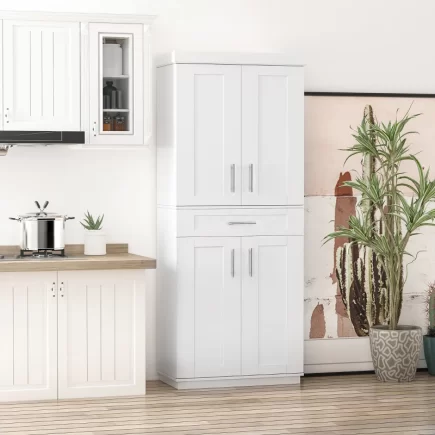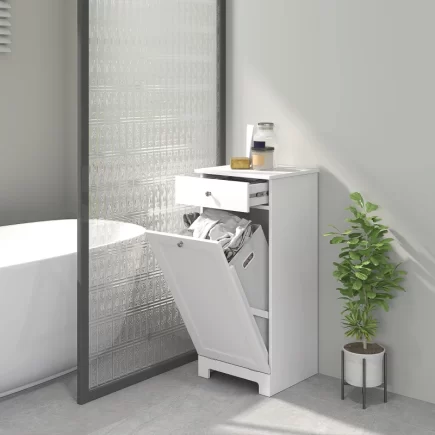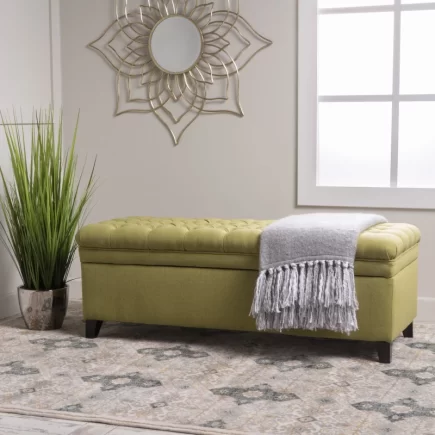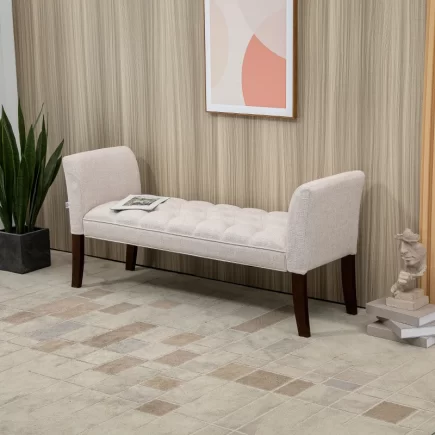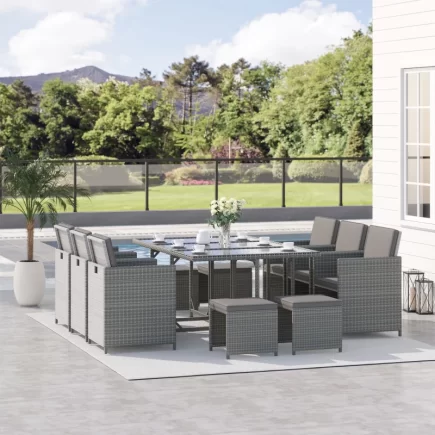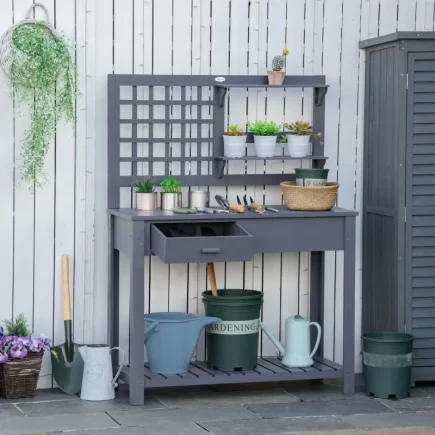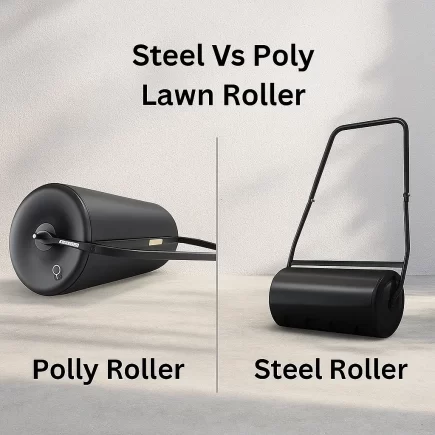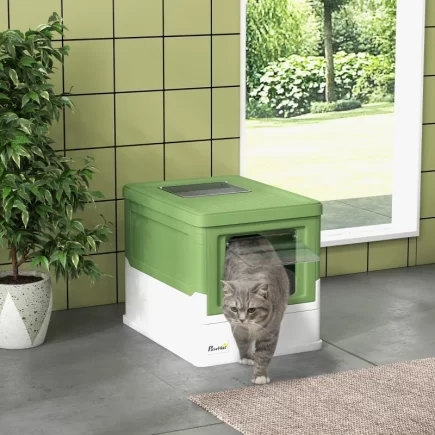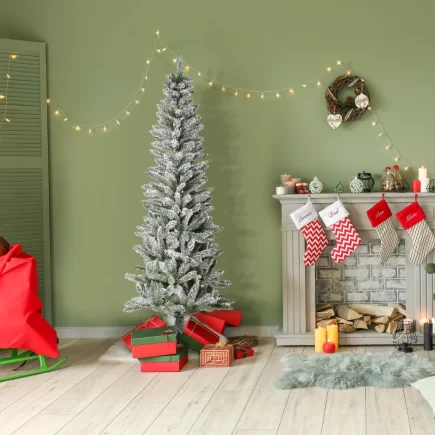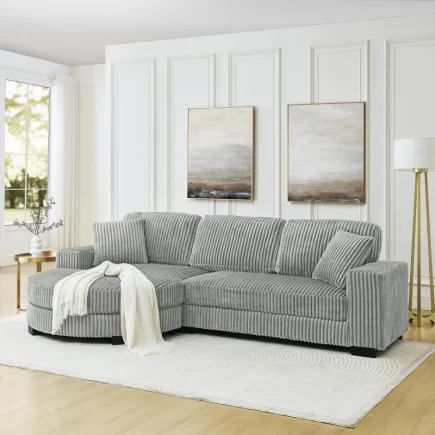Whether you are new to gardening or a seasoned gardener, container gardening offers a wonderful way to add color and life to your space. The versatility of flower pots allows you to transform small areas like balconies, patios, or even indoor corners into vibrant, flourishing gardens. With the right technique, you can grow beautiful flowers in pots that thrive for years. In this ultimate guide, we’ll walk you through every step of planting flowers in a pot, from choosing the right container to proper care and maintenance.

Understanding Soil: Why Potting Mix is Key
Choosing the right soil is one of the most important decisions you’ll make for your flowers. Garden soil is too dense for pots and can result in poor drainage and root suffocation. Instead, use high-quality potting mix, specifically formulated for containers. Potting mix provides better drainage and allows for proper root expansion.
Soil Composition
A good potting mix should contain a blend of organic matter like peat moss, perlite, and vermiculite. These components help retain moisture, ensure air circulation around the roots, and promote healthy growth. Some potting mixes also come with added fertilizers, but if not, you’ll need to supplement with plant food.
Soil Amendments
For added nutrients, consider mixing in some organic compost or slow-release fertilizer into your potting mix. This will help provide your flowers with the nutrients they need for the entire growing season.

The Step-by-Step Process of Planting Flowers in a Pot
Now that you’ve selected the right pot, flowers, and soil, it’s time to plant! Follow these easy steps to ensure your flowers thrive:
Step 1: Prepare the Pot
Make sure your pot is clean and free of debris. If you’re using a pot without drainage, remember to use the two-pot method. Add a layer of gravel or small rocks at the bottom of the pot to promote drainage.

Step 2: Add Potting Mix
Fill the pot about two-thirds full with the potting mix. Gently tap the sides of the pot to settle the soil down. Leave some space at the top for watering.

Step 3: Planting
Dig a hole in the soil for each plant. The hole should be large enough to accommodate the root ball. Gently remove the plant from its container, loosen the roots, and place it in the hole. Fill in the space around the root ball with potting mix, firming it gently to secure the plant.

Step 4: Water Thoroughly
After planting, water the flowers generously to settle the soil and eliminate air pockets. Ensure the water drains out of the bottom, indicating that the soil is properly hydrated.
Using the “Thriller, Filler, Spiller” Method
The “Thriller, Filler, Spiller” method is a concept that helps create visually stunning flower pots. Here’s how to incorporate it into your gardening:
Thriller
The “thriller” is the tall, focal plant that adds height and drama to the pot. Examples include ornamental grasses, spike plants, or taller flowers like sunflowers.

Filler
The “filler” plants are medium-sized and fill out the space around the thriller, creating a fuller appearance. Petunias, marigolds, and geraniums work well as fillers.

Spiller
The “spiller” plants cascade over the edges of the pot, creating a lush, flowing look. Vinca vines, ivy, or sweet potato vines are perfect for this role.
By mixing these plants in your pot, you create a dynamic, multi-dimensional garden display that will impress anyone who sees it.

Seasonal Considerations: Planting for Each Season
Seasonal gardening is a fantastic way to keep your flower pots vibrant all year round. Here’s how to choose plants for each season:
Spring Planting
Spring is the best time to plant colorful annuals like petunias, pansies, and begonias. These plants thrive in the mild temperatures of spring and provide a burst of color for your garden.
Summer Planting
In the heat of summer, choose plants that can handle full sun and high temperatures. Geraniums, marigolds, and zinnias are perfect for summer pots.
Fall Planting
For fall, go for cool-weather flowers like chrysanthemums, pansies, and ornamental kale. These flowers will continue to bloom as temperatures drop.
Sunlight and Placement: Getting It Right
Where you place your pots can make all the difference in the success of your flowers. Consider the following when choosing a location for your flower pots:
Full Sun
If your plants need full sun (about 6-8 hours of direct sunlight per day), make sure to place them in a sunny location like a patio or balcony that gets plenty of light. Popular full-sun flowers include marigolds, petunias, and geraniums.
Partial Shade
Some flowers do best with partial sunlight (3-6 hours of sun). Choose a spot with indirect light or a place that gets some afternoon shade. Plants like begonias, coleus, and impatiens thrive in partial shade.
Full Shade
For shady areas where sunlight is limited, consider flowers like fuchsias, begonias, and caladiums. These plants will grow well in low-light conditions and still provide beautiful color to your space.
Fertilizing and Caring for Your Flowers
Fertilize your plants regularly to encourage healthy growth and vibrant blooms. Use a slow-release fertilizer for best results. Deadheading (removing spent blooms) encourages new growth and extends the flowering season.
Enjoy Your Beautiful Container Flower Garden
Container gardening is a great way to enjoy the beauty of flowers in any space. By following these simple steps, you can create a stunning flower garden in a pot. With the right care and attention, your flowers will thrive and brighten your home. Consider using high-quality Flower Pots like those available at Aosom to enhance your garden’s appeal.
FAQs
1. What should I do if my flowers are not blooming in the pot?
If your flowers aren’t blooming, it could be due to insufficient sunlight, lack of nutrients, or overwatering. Ensure the plants are getting enough sunlight, fertilize them regularly, and check if the pot has good drainage.
2. Can I plant different types of flowers in the same pot?
Yes, but ensure that the flowers have similar light and water requirements. Choose plants with compatible needs to help them thrive together, avoiding overcrowding in the pot.
3. How often should I water my flowers in pots?
The watering frequency depends on the type of plants and weather conditions. Generally, water when the top inch of soil feels dry. Ensure the pot drains well to avoid waterlogging, which can lead to root rot.

